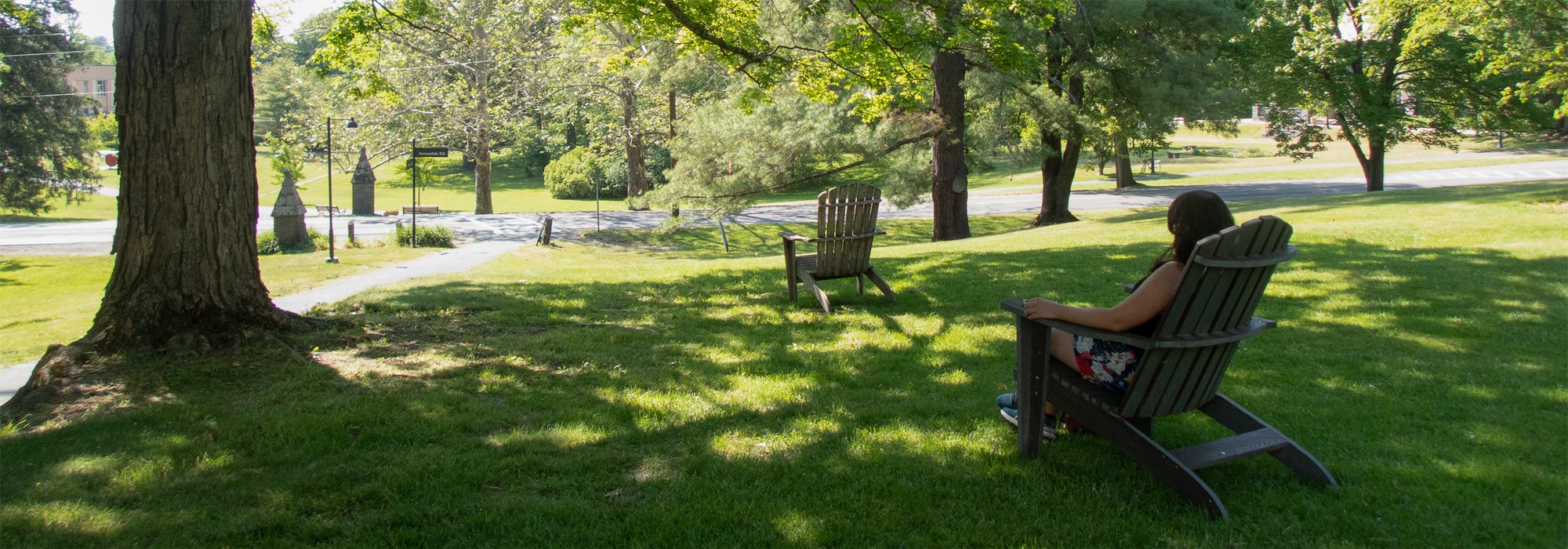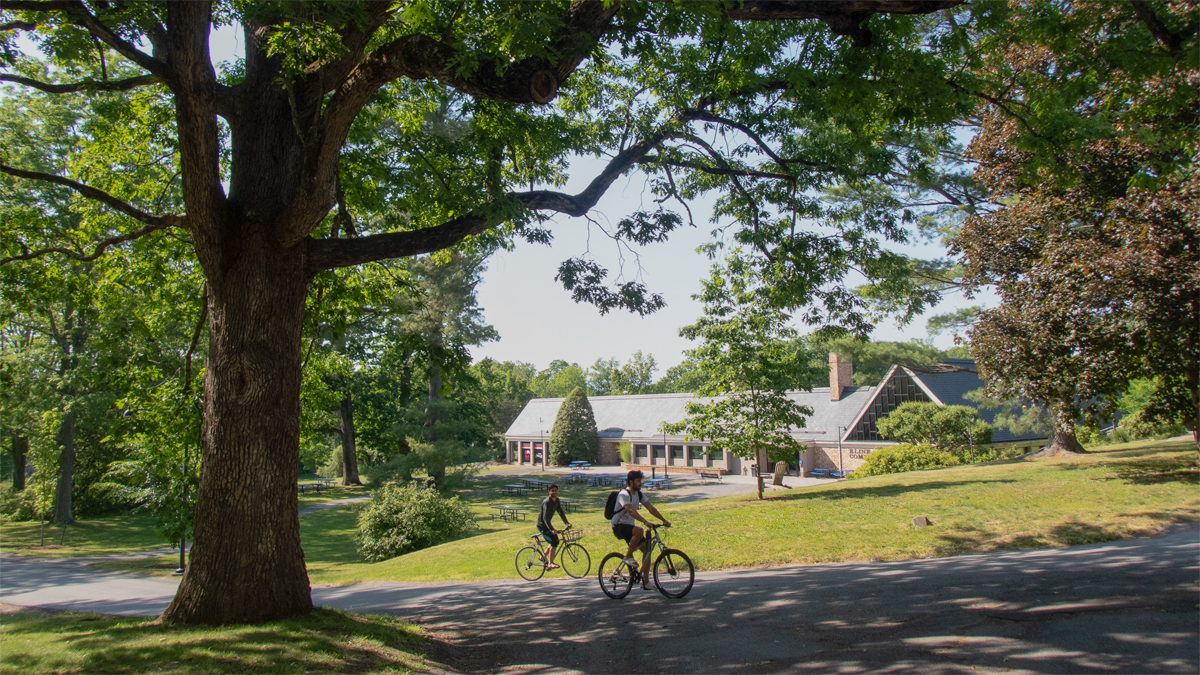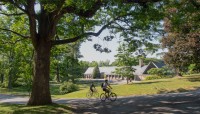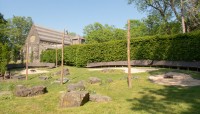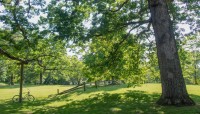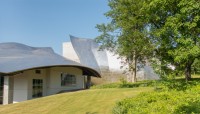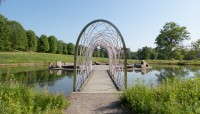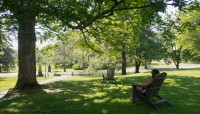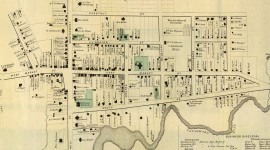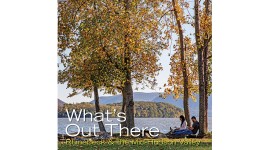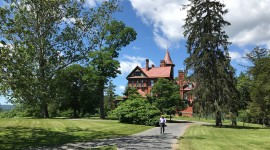Landscape Information
In 1860 John and Margaret Johnston Bard established an academic institution, St. Stephen's College, on eighteen acres east of the Hudson River. Charles Haight developed a campus plan in 1883, but due to financial setbacks only a row of dormitories was constructed. John Bard improved portions of the topographically varied landscape in the late nineteenth century by selectively removing rocks and vegetation, planting trees, and regrading terrain. The institution became Bard College in 1934.
Over the next century the donation or acquisition of more than a thousand acres of surrounding property transformed the campus into a patchwork of designed and vernacular landscapes. The campus incorporates the distinctive scenic topography of the Hudson Valley, including meadows, farmland, bluffs, rolling hills, and ravines, as well as the 825-acre Blithewood Estate, the 380-acre Montgomery Place, and 90 acres of Ward Manor. While the campus is decentralized, expanding north and west of Annandale Road, the curvilinear thoroughfare remains the central campus spine.
Since the late 1980s development has been guided by successive planning efforts. Notable additions include a library expanded by Venturi, Scott Brown and Associates (1993) and the Fisher Center for the Performing Arts by Frank Gehry Partners (2003), with a landscape dominated by oaks and yellowwoods designed by Olin Partnership. South of the Fisher Center, across tree-lined Manor Avenue, is a permanent installation, The Parliament of Reality (2009) by Olafur Eliasson. The Reem and Kayden Center for Science & Computation (2007) by Rafael Viñoly Architects lies on axis with the library and is anchored by a curvilinear plaza by Mathews Nielsen Landscape Architects.
Managed as an arboretum, campus collections consist of more than 600 unique species of trees and shrubs, including several specimens that are over a century old. Multiple structures are listed in the National Register of Historic Places and the grounds are a contributing feature of the Hudson River National Historic Landmark District, designated in 1990.



